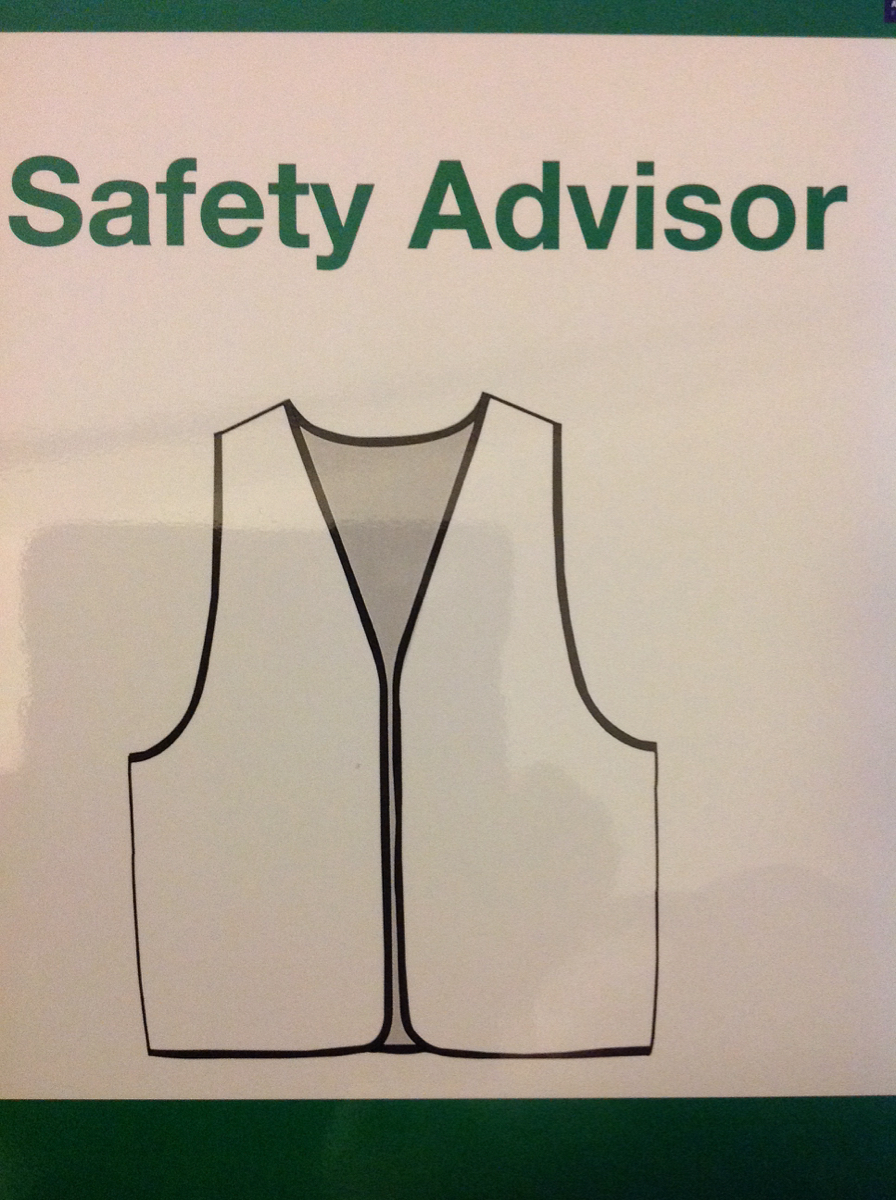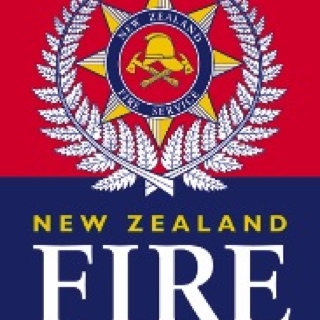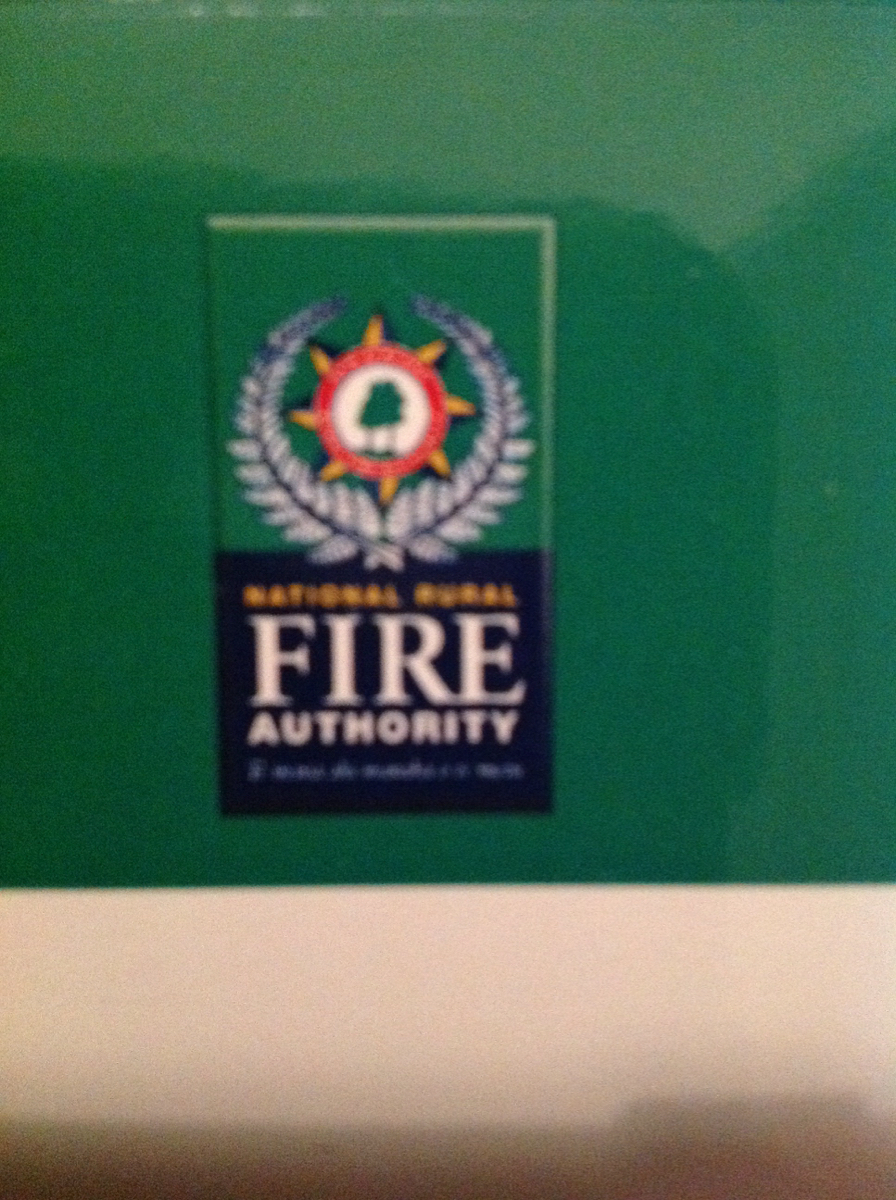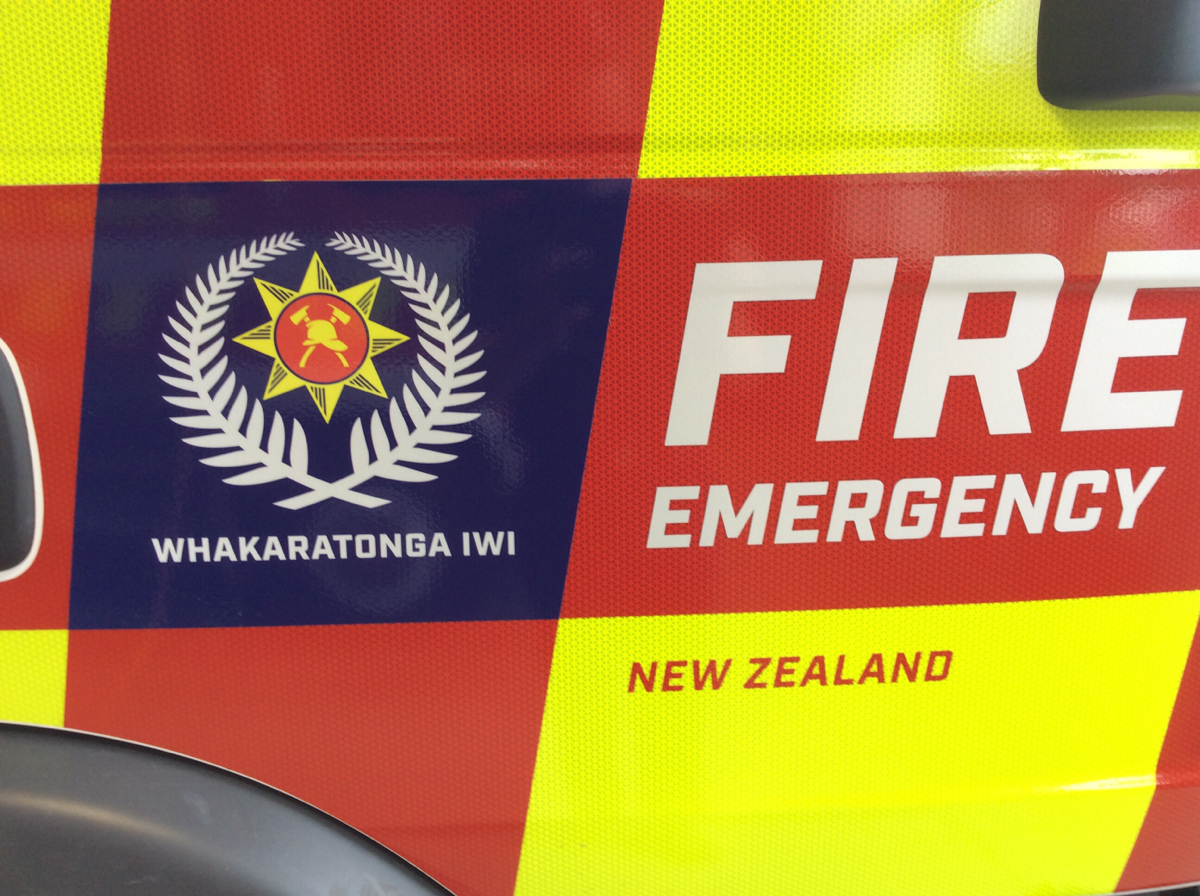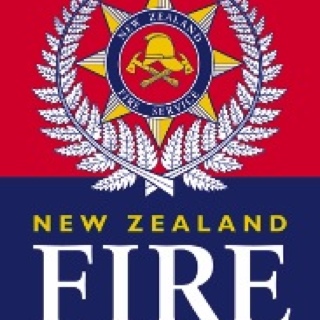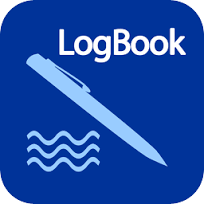Title Page
-
Document No.
-
Audit Title
-
Client / Site
-
Conducted on
-
Prepared by
-
Location
-
Personnel
-
Key Risk Factor Summery
Command
-
Lead agency identified
-
Lead agency effective and in control
-
One incident controller
-
One approved incident action plan in place and available to responders
-
All response resources integrated into a clear management structure
-
Resource working well and aligned to command structure and tasking scope
-
Local knowledge and resources integrated
-
Sectors linked and related to strategy and reflects relevant activity
-
Sectors are appropriate for terrain and communication capability
-
Comments
Mapping and community
-
Clear Maps available to operations and IMT
-
Maps and status information current - updated
-
Typography, water sources and vegetation identified
-
Roads and tracks identified
-
Control lines identified
-
Hazards highlighted on mapping
-
Escape routes, safe forward point, safety zones identified
-
Communities at risk identified
-
Assets at risk identified on mapping
-
Livestock contained, removed from harm
-
Comments
Incident span
-
Span of control appropriate for risk profile
-
Incident objectives are SMART and include safety considerations
-
Structure documented and communicated to fireground
-
Sector and IMT reporting lines understood and acted on
-
Suitably qualified personnel
-
Medical plan in place
-
Communication plan documented and distributed
-
Predicted weather and incident development has been completed
Progression and review
-
Tactics updated and articulated
-
Hazards updated and articulated
-
Escape routes, safe zones and safe forward points updated and articulated
-
Adequate resourcing to incident updated and articulated
-
Regular fire ground sit-reps (running fire x 30 minutes creeping fire x 60 minutes)
-
Information shared across incident management team
-
Communication dead spots identified and minimised
-
Incident action plan updated with key safety issues
-
Medical plan updated for treatment and evacuation
-
Salmon cards in place - near miss reporting is effective
-
Crew welfare, food, water, electrolytes, toilets and resting areas in place
-
Rest breaks, accommodation and transport to and from incident in effect and NRFA guidelines not exceeded
-
Traffic movement controls in place
-
Vehicles and drivers appropriate for tasking
Briefings and shift changeovers
-
Briefings provided to all personnel on site
-
Hand over briefings well planned
-
Incoming crews well resourced
-
Changeover in daylight
-
Debriefs with crews
-
Debrief with incident management team
-
Issues, near misses and injuries documented and given to incident controller
-
Additional learnings
-
Comments or statements
-
Observations
-
What went really well
-
What could be improved
